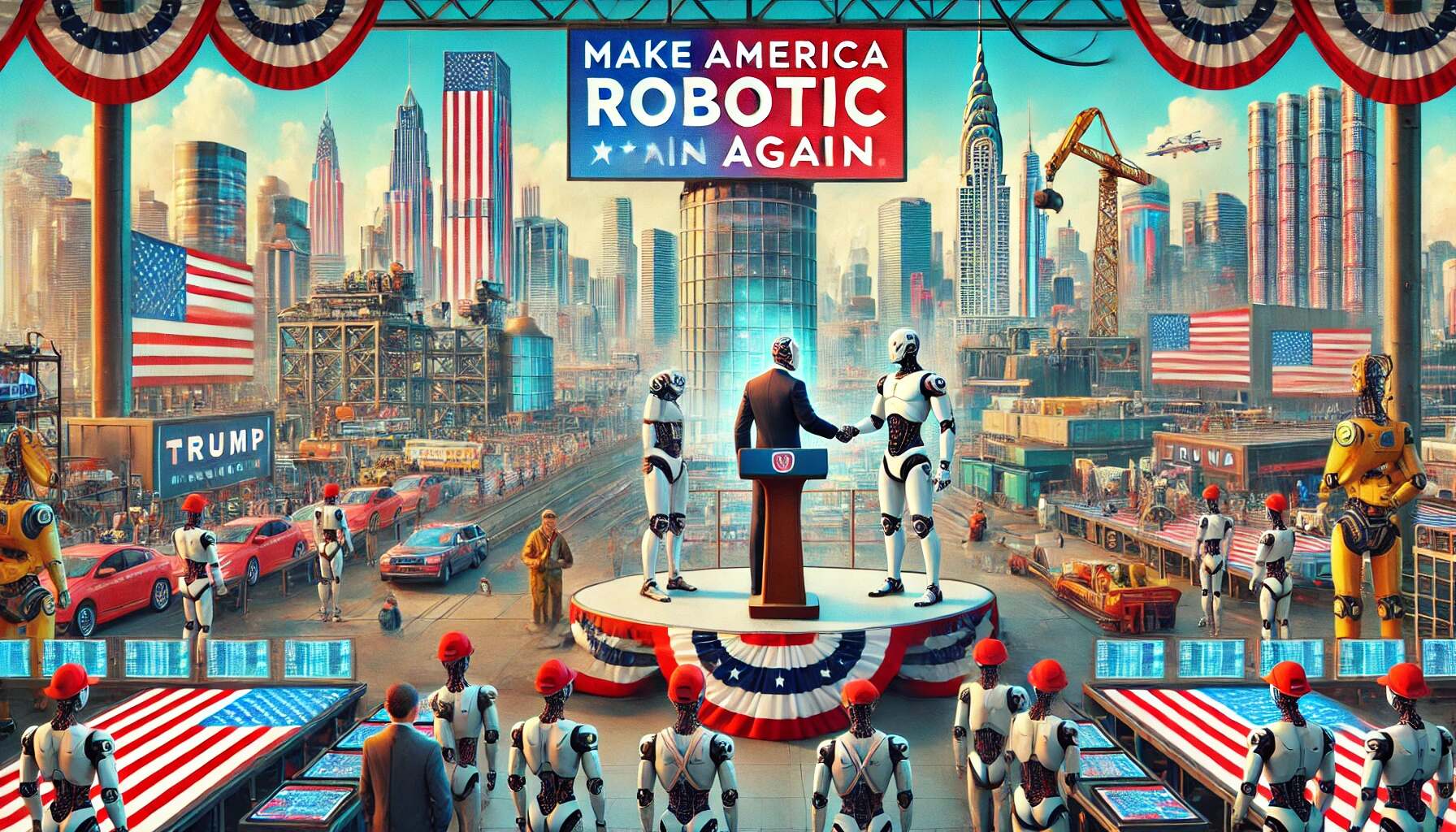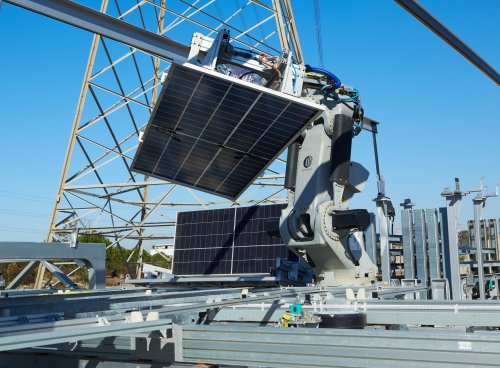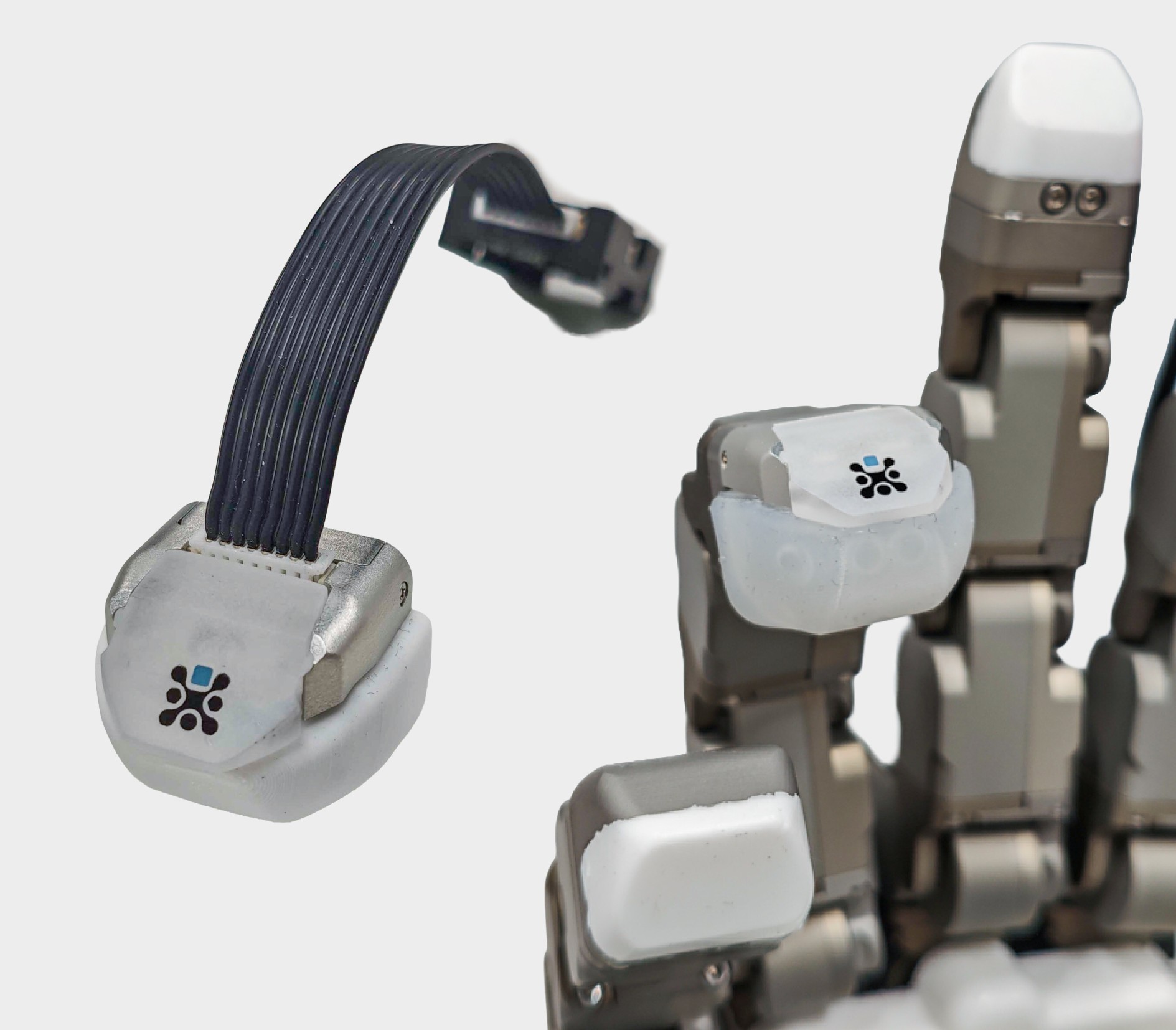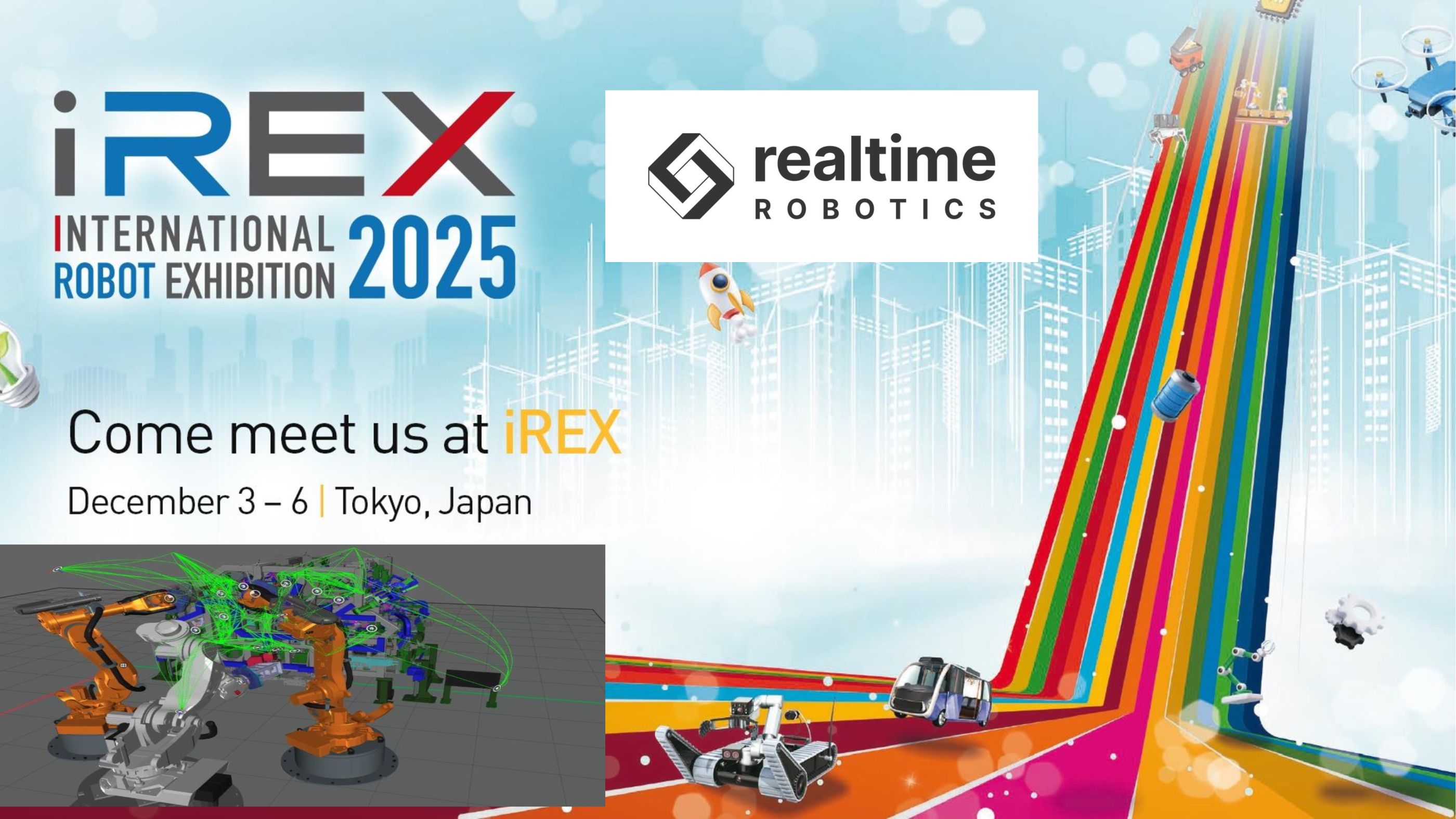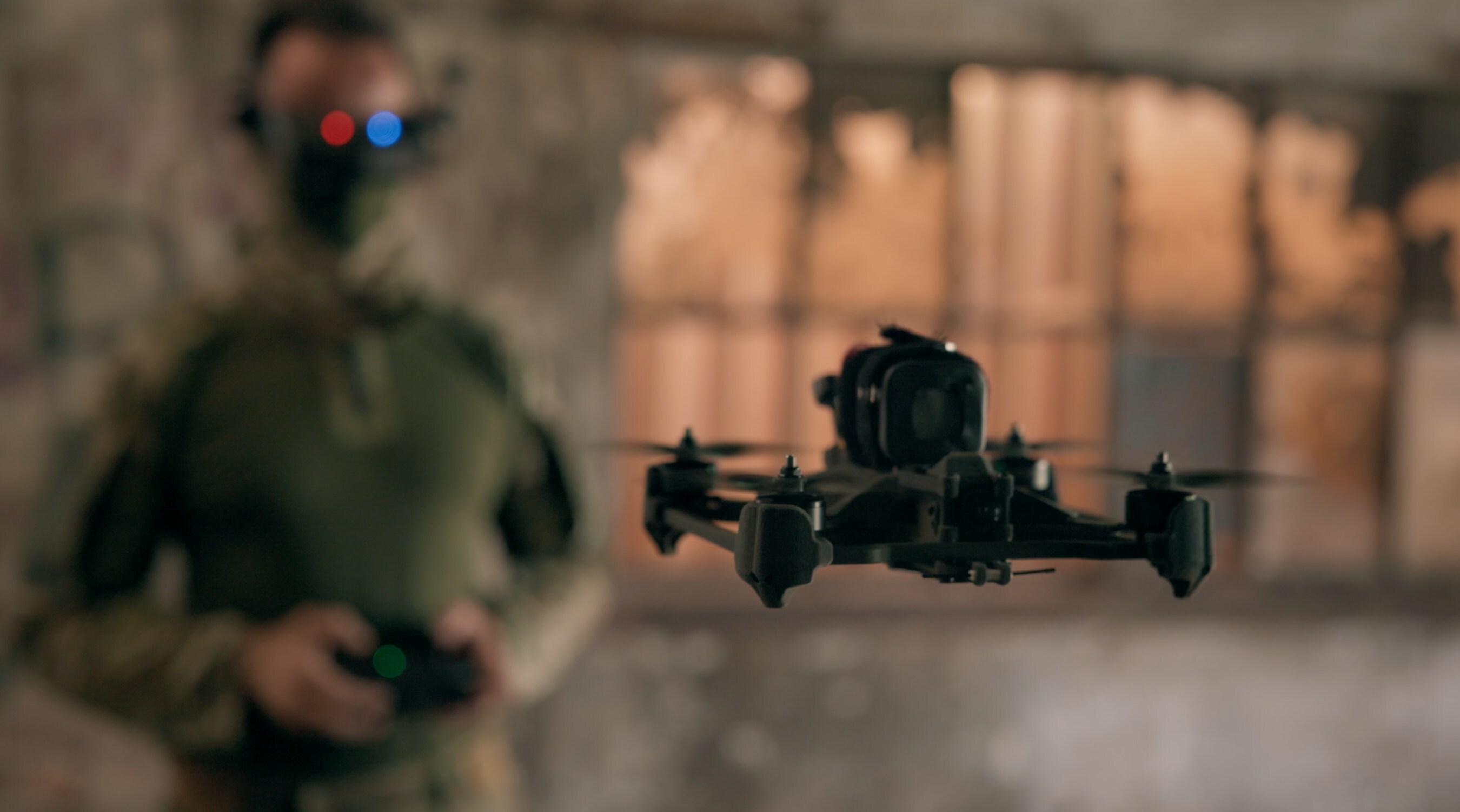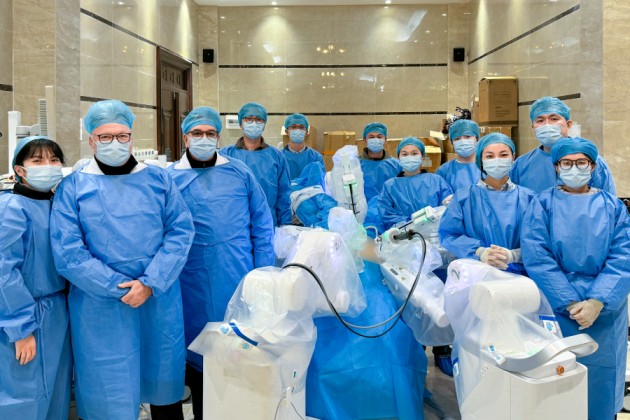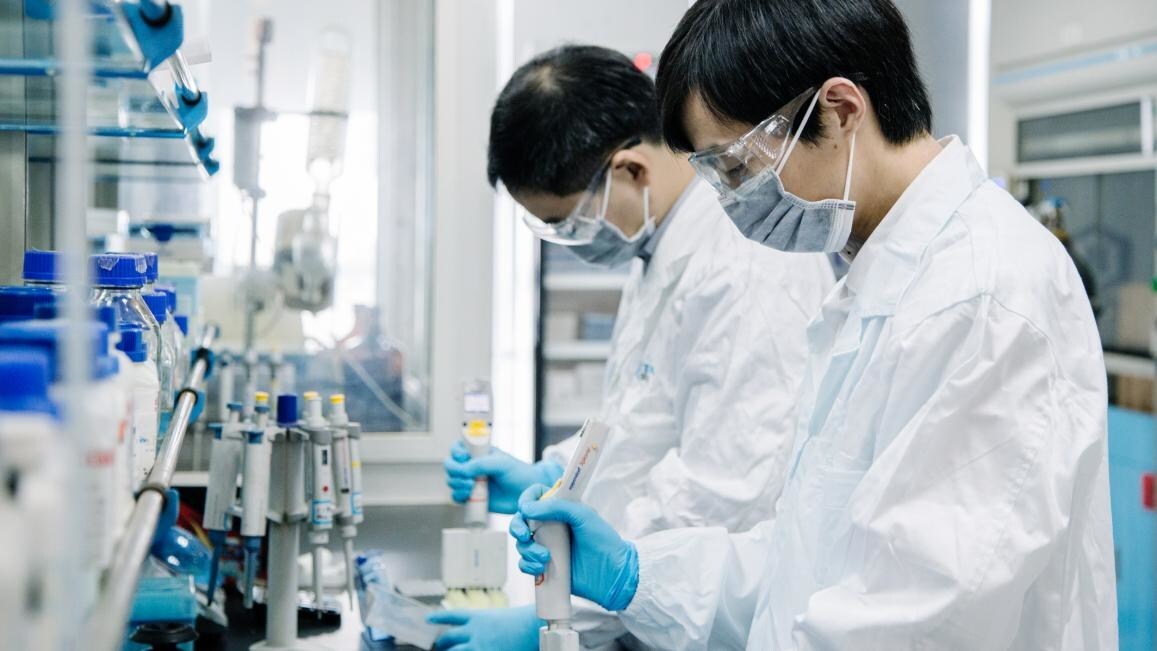With President Trump back in office, the automation and robotics industries are at a potential turning point. From reshoring manufacturing to advancing robotics in healthcare and defense, Trump’s policies could spark major growth—and challenges—for U.S. robotics, as experts from across the field offer insights into the opportunities and obstacles ahead.
Manufacturing: Robotics as the Backbone of U.S. Reshoring
Central to Trump’s economic vision is a resurgence of U.S.-based manufacturing, a shift that could be transformative for automation as companies lean on robotics to offset high domestic labor costs. If the administration introduces targeted tax incentives and subsidies, experts predict a surge in demand for advanced manufacturing robots across sectors like automotive, consumer electronics, and more.
“High labor costs make automation a necessity, not an option, for reshoring. Incentives for robotics could make U.S. production cost-effective, attracting companies back home,” explains Dr. Thomas Grant of the American Robotics Consortium. “This could push American-made goods onto the global stage.”
But a rapid transition to robotics also brings labor challenges. While automation creates new jobs in programming and maintenance, it displaces traditional roles. Industry analysts stress the need for training programs in robotics, artificial intelligence, and data analytics, particularly for those workers affected by automation.
“The skills gap is real,” says Dr. Maria Silva of the National Workforce Council. “A federal push for training programs would help bridge this gap, equipping workers for the roles automation creates.”
Experts suggest that partnerships with community colleges and technical schools, supported by state and federal funds, could be pivotal in providing American workers with the skills needed for a roboticized manufacturing environment.
Trade Policy: Potential for Localized Supply Chains and Increased Costs
Trump’s trade policies could further shape the industry, as restrictions on imports may drive companies to establish domestic supply chains, even for high-tech components currently sourced from Asia. While this shift could boost local innovation and enhance supply chain resilience, it may also lead to short-term cost increases and logistical challenges as companies adapt.
“Dual sourcing—establishing both local and global suppliers—could be essential. This may mean significant investments up front, but it’s critical for long-term stability in robotics,” says Rachel Lee, CEO of a robotics systems supplier. “Tax incentives for domestic production would help offset these initial costs.”
For companies poised to source robotics components locally, the administration’s policies could stimulate a new era of U.S.-centered production. However, the degree of impact will likely depend on the specific incentives and regulatory changes Trump’s team enacts.
Defense: Bolstering Autonomous Robotics with Increased Funding
Increased defense spending could bolster the development of autonomous military robotics—a major focus for Trump’s prior administration. Autonomous systems, including surveillance robots, drones, and combat applications, may see a surge in R&D funding, which could accelerate the U.S. lead in military robotics and autonomous defense technology.
“Defense budgets expanding under Trump could yield incredible advances in military robotics,” says Mark Eastwood, Director of Autonomous Defense Technologies. “These systems are vital for national security, and we’ll see public-private partnerships drive innovations to the frontlines.”
These advancements in military robotics could also benefit adjacent industries, as technologies originally developed for defense often find broader commercial applications over time.
Healthcare Robotics: Speeding Approvals for Critical Technologies
As the U.S. grapples with an aging population, Trump’s administration may expedite approvals for healthcare robotics, enabling faster deployment of robotic surgical assistants, diagnostic systems, and eldercare robots. Regulatory flexibility could unlock critical innovations, but experts caution against compromising safety standards for the sake of speed.
“The potential here is immense, especially in eldercare, where staffing shortages are a pressing concern,” notes Dr. Susan Meyer, a healthcare robotics specialist. “But balancing swift regulatory approvals with rigorous safety standards is crucial.”
Trump’s policy focus on streamlining regulations could mean that healthcare robotics innovations, such as automated diagnostics and robotic surgery systems, may reach hospitals and clinics faster, directly benefiting patients.
R&D and the Global Landscape: Will Robotics See Public Investment?
Public investment in R&D has long been a key driver of robotics innovation, but there are concerns that budget reallocations under Trump could limit foundational research. Private sector growth in robotics is strong, but without federal funding, certain long-term projects, particularly those with significant technical and financial risks, may lag.
“Federal R&D funding plays a unique role in robotics, supporting high-risk, high-reward projects that private firms alone might not undertake,” says Dr. Linda Novak of the National Robotics Research Institute. “If Trump reduces this funding, it could slow transformative breakthroughs.”
Industry leaders also emphasize the importance of maintaining global collaborations. Restrictive trade policies could limit the international exchange of research and ideas, potentially isolating the U.S. from cutting-edge developments occurring abroad.
“To stay competitive, the U.S. robotics industry needs access to global talent and ideas,” warns Dr. Michael Chen from the International Robotics Alliance. “Protectionist policies could unintentionally hinder U.S. innovation in the long run.”
An Inflection Point with Long-Term Implications
Trump’s policies could propel the U.S. to the forefront of robotics in manufacturing, defense, and healthcare, potentially transforming the country’s economy and technological landscape. But as industry experts caution, success will hinge on strategic implementation: workforce upskilling, balanced trade policies, and a steady commitment to foundational R&D.
The next four years hold tremendous promise for U.S. robotics, but realizing that potential will require navigating the evolving policy landscape with both foresight and adaptability. If these challenges are met effectively, the U.S. could emerge as a global leader in the next wave of robotics innovation.


